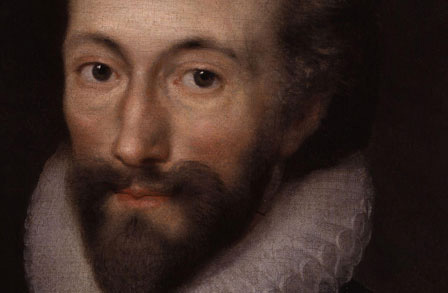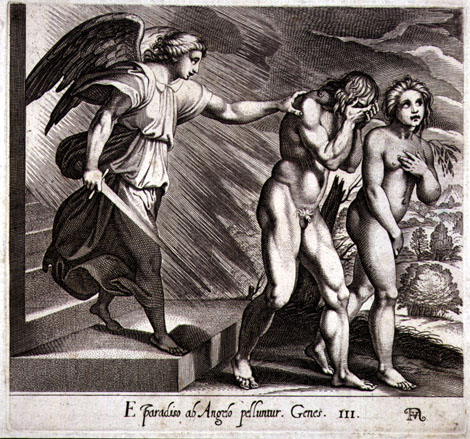Dorothy Parker- Dorothy Parker had an unhappy childhood. Her mother and step mother both died followed by her uncle and father. She grew up against these odds and wrote her first piece of poetry which she sold to Vanity Fair. After working for two years in Vogue, she moved to Vanity Fair and from there on, it was a steady rise. She wrote many collections of poetry and fiction. Her autobiographical short story, ‘Big Blonde’ won the prestigious O. Henry award. A defender of human and civil rights, a poet, critic, satirist and writer, Dorothy Parker died of heart attack at the age of 73.
Pattern- Dorothy Parker often used themes of middle class complacency and unrequited love. Pattern is a poem with the latter theme. It is written in free verse, as most of her poems are. It speaks of a woman, freshly heartbroken and of a younger lad, who tries to comfort her.
Setting of Pattern- The scene in the poem is that of a bedroom wherein the narrator lies on her bed, heartbroken and the younger man, who comes to woo her, is standing beside. The whole of the poem is in this setting throughout.
Poetic Devices in Pattern-
Alliteration:
“Who has heard to wear the willow”, “And you blood is slow and sleeping” – Same consonant sounds at the start of words occur in line 3 of stanza 1 and in the line 2 of stanza 3.
Metaphor:
In “Who has heard to wear the willow” (line 3, stanza 1), the narrator speaks of her depression and of her abandonment by her lover, by saying she wore the willow. To wear the willow is to grieve for the loss of a loved one, which doesn’t necessarily mean loss by death. The poetess uses this metaphor to describe her circumstances.
Theme:
Dorothy Parker is known to write poems with themes of middle class complacency and unrequited love. This poem has the unrequited love as its theme.
Rhyme:
The poetess uses rhyming words to make the poem harmonious. The rhyming words are at the end of every alternate sentence. ‘Pillow-willow’, ‘posies-roses’, ‘unspoken-broken’, ‘sleeping-weeping’ are the words used here.
Summary of Pattern:
The narrator of the poem beseeches to the one standing beside her to leave her alone. She is lying on her bed, with her lonely pillow, indicating that she is single. The one she is speaking to has a bunch of flowers in his hand, but the narrator refuses to accept them. She is in mourning and depressed, and it all began with roses which she previously accepted. They were the beginning of the trickery. The young man tries to comfort her. But she stops him and asks him who he was, to do so. She asks him not to comfort her with his pretty words, because in the end, they were just that. Pretty, but meaningless. She had enough experience to say so. And now she cannot be pleased with mere words, for now her heart has been broken, again. She says that the young man was too young to comfort her, to guide her in the matters of the heart. He was too mild and not much passionate. But in the end she relents, and telling him to sit beside her, she asks him why she was weeping.
Critical Analysis of Pattern:
The narrator of the poem is freshly heartbroken. The love she supposed she was privy to be was nothing but a trick; a trick which began with roses and ended with her being alone and depressed. It is at this time that the young lad arrives to comfort her and supposedly to woo her, going by the flowers he carries in his hands. At first, the narrator is too hurt to accept anything but towards the end, she relents and tells the young lad to tell her why she was weeping. Going by this, the poem is the journey of the narrator from heartbreak to mourning and from mourning to fresh starts. At its heart, it is a poem of hope. This is seen at the end when she asks the young lad to sit beside her and asks him why she was weeping. She is giving a chance to the lad who came to woo her, to see if he really understands her. Though she was reluctant and downright negative in the beginning, she concedes to give a try at the end.
The three stanzas also represent the passing of the time. In the first stanza it was the presentation of the roses, which indicates the nascent stage of the relationship. In the second stanza, pretty words and ‘tinkling echoes’ are mentioned. It indicates the progress of the relationship to words. In the final stanza, the end of the relation is shown by the words of the narrator, willing to give a chance to another man. The poem can be said to be a personal reflection of the poet, Dorothy Parker’s life. Her first marriage to Edwin Pond Parker II was tempestuous at best. They finally divorced in the year 1928. She then married Alan Campbell, who was 9 years her junior, in 1934. The first husband can be compared to the man who never appears in the poem and the second husband, to the young lad who woos her.
Central Idea of Pattern-
The poem is a promise: promise that there is hope and promise that there are good times lying ahead, however low the present may be. The poem tells one to never stop looking for things, for the things you lost will surely come by in another way. Dorothy Parker has unrequited love as the theme of this poem.
Tone of Pattern-
The tone is melancholic and a little angry at first. The narrator is depressed as told by the expression, ‘wear the willow’ which means to go into depression. She tells the lad to go and take his flowers away, which is an indication of her anger. This anger continues till the end of the poem. In the end, the tone mellows down a little as she gets ready to give the lad and love, a second chance.
Conclusion- In ‘Pattern’, Dorothy Parker shows the full cycle of love and heartbreak. The love which starts with the courting by flowers continues to the courting with words and finally ends in heartbreak. But it is not the end, for the heart is capable to heal and it is capable to hope and love again. By this poem, the poetess tells one to never stop looking for love, to never stop believing in second chances, for there is surely hope in the future. It is possible to connect this story with that of the poetess’ for she too went through such a phase, before finding the love of her life, Alan Campbell.
Some online learning platforms provide certifications, while others are designed to simply grow your skills in your personal and professional life. Including Masterclass and Coursera, here are our recommendations for the best online learning platforms you can sign up for today.
The 7 Best Online Learning Platforms of 2022
- Best Overall: Coursera
- Best for Niche Topics: Udemy
- Best for Creative Fields: Skillshare
- Best for Celebrity Lessons: MasterClass
- Best for STEM: EdX
- Best for Career Building: Udacity
- Best for Data Learning: Pluralsight
















